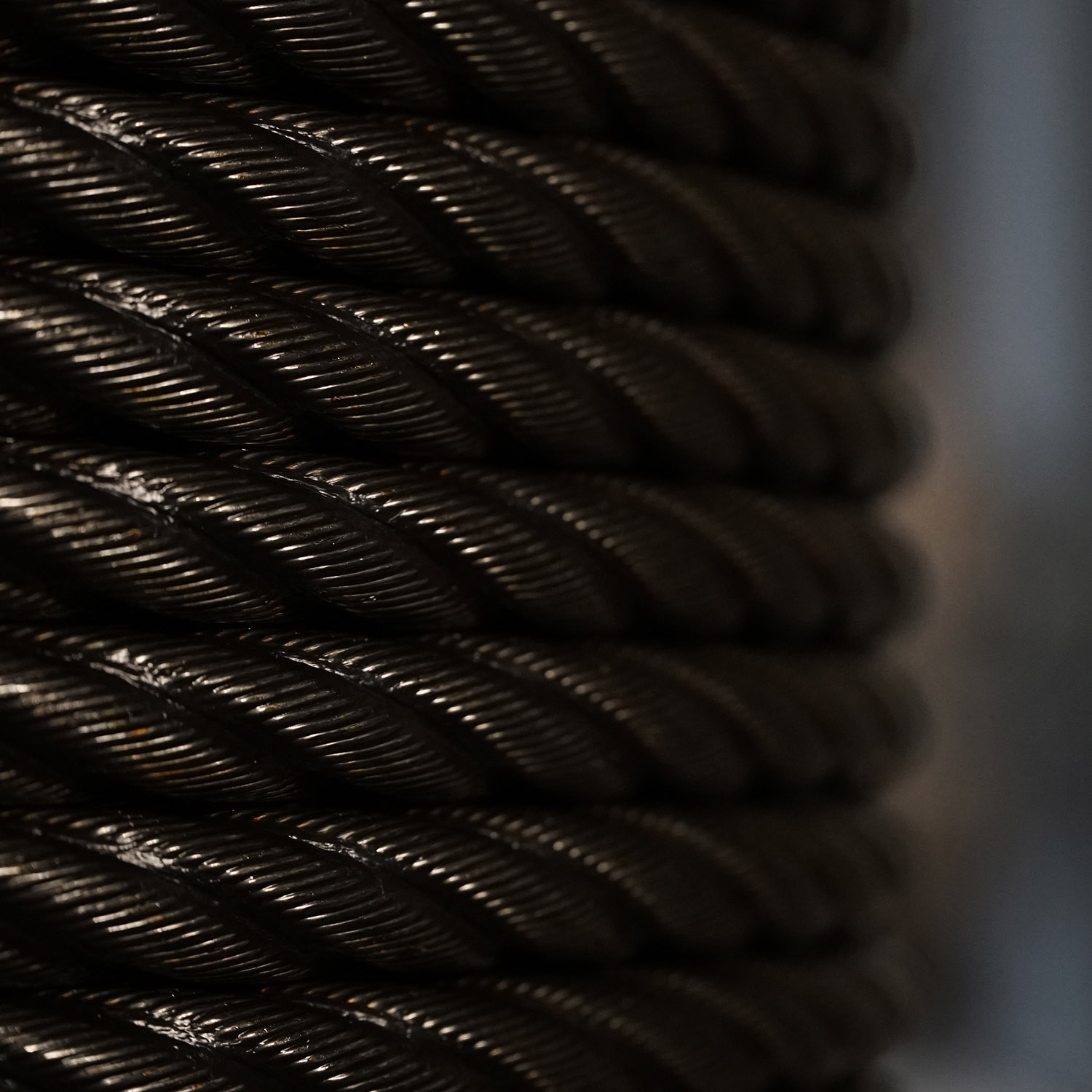Table of Contents
Benefits of Using Steel Wire Pipe for Industrial Applications
Steel wire pipes are a crucial component in various industrial applications due to their durability, strength, and versatility. These pipes are made from high-quality steel wire that is tightly wound together to create a strong and reliable structure. In this article, we will explore the benefits of using steel wire pipes in industrial settings and how they can improve efficiency and productivity.
One of the main advantages of using steel wire pipes is their exceptional strength and durability. Steel is known for its high tensile strength, which makes it ideal for withstanding heavy loads and extreme conditions. This strength allows steel wire pipes to be used in a wide range of applications, from Transporting fluids and gases to supporting structures and equipment. Whether it’s in a manufacturing plant, construction site, or oil refinery, steel wire pipes can handle the demands of industrial operations with ease.
In addition to their strength, steel wire pipes are also highly resistant to corrosion and rust. This is a crucial feature in industrial environments where pipes are exposed to harsh Chemicals, moisture, and other corrosive elements. By using steel wire pipes, companies can avoid costly repairs and replacements due to corrosion, ensuring that their operations run smoothly and efficiently.
Another benefit of steel wire pipes is their flexibility and versatility. These pipes can be easily bent, twisted, and shaped to fit specific requirements, making them ideal for custom applications. Whether it’s creating complex piping systems or designing unique structures, steel wire pipes offer the flexibility needed to meet the diverse needs of industrial projects.
Furthermore, steel wire pipes are lightweight and easy to install, reducing labor costs and installation time. This is especially important in large-scale industrial projects where efficiency and productivity are key factors. By using steel wire pipes, companies can streamline their operations and complete projects faster, saving time and money in the process.

Moreover, steel wire pipes are environmentally friendly and sustainable. Steel is a recyclable material that can be reused and repurposed, reducing waste and minimizing the impact on the Environment. By choosing steel wire pipes for industrial applications, companies can contribute to a more sustainable future and reduce their carbon footprint.
In conclusion, steel wire pipes offer a wide range of benefits for industrial applications, including exceptional strength, durability, corrosion resistance, flexibility, and sustainability. By using steel wire pipes, companies can improve efficiency, productivity, and reliability in their operations while also reducing costs and environmental impact. Whether it’s in manufacturing, construction, or oil and gas, steel wire pipes are a reliable and versatile solution for a variety of industrial needs.
How to Build a Safe and Durable Steel Wire Zipline
Steel wire ziplines are a popular and thrilling outdoor activity that can provide hours of entertainment for both children and adults. However, building a safe and durable steel wire zipline requires careful planning and attention to detail. In this article, we will discuss the steps involved in constructing a steel wire zipline that is both safe and long-lasting.
The first step in building a steel wire zipline is to select a suitable location. The ideal location for a zipline should have a clear path with no Obstacles in the way. It is important to ensure that the zipline is not too steep or too long, as this can increase the risk of accidents. Additionally, the location should have sturdy anchor points, such as trees or poles, to support the weight of the zipline and the rider.
Once a location has been chosen, the next step is to install the steel wire. Steel wire is the most common material used for ziplines due to its strength and durability. The wire should be securely attached to the anchor points using strong Hardware, such as Bolts or Clamps. It is important to ensure that the wire is taut and free of any kinks or twists, as this can affect the rider’s speed and Safety.
After the steel wire has been installed, the next step is to construct the zipline platform. The platform should be sturdy and stable, with enough space for the rider to comfortably stand or sit. It is important to use high-quality materials, such as pressure-treated wood or metal, to ensure the platform can support the weight of the rider. Additionally, the platform should be securely attached to the steel wire using strong hardware, such as carabiners or Clips.
Once the platform has been constructed, the final step is to test the zipline for safety. Before allowing anyone to ride the zipline, it is important to conduct a thorough inspection of the entire structure, including the steel wire, anchor points, and platform. It is also important to check the weight limit of the zipline to ensure that it can safely support the rider’s weight.
When testing the zipline, it is important to start with a slow and controlled ride to ensure that everything is working properly. It is also important to have a spotter on the ground to monitor the rider and provide assistance if needed. If any issues are identified during the test ride, it is important to address them immediately before allowing anyone else to ride the zipline.
In conclusion, building a safe and durable steel wire zipline requires careful planning and attention to detail. By selecting a suitable location, installing the steel wire correctly, constructing a sturdy platform, and testing the zipline for safety, you can create a thrilling outdoor activity that can be enjoyed by people of all ages. Remember to always prioritize safety when building and using a steel wire zipline to ensure a fun and memorable experience for everyone involved.

